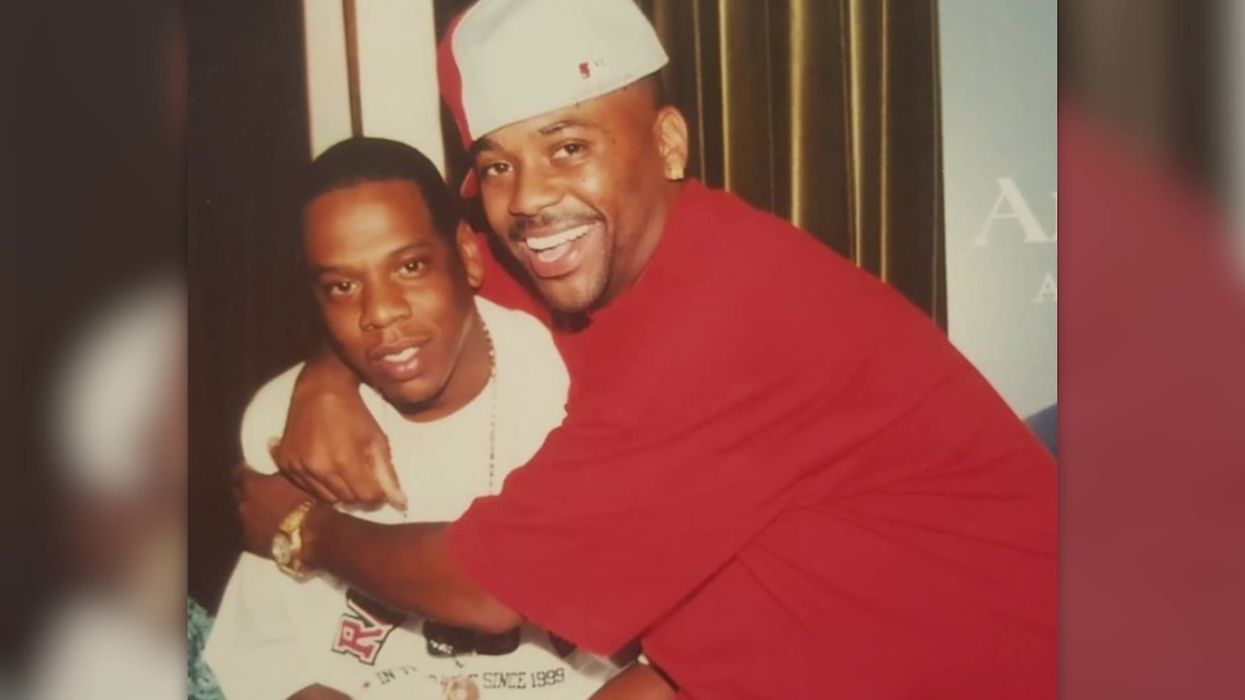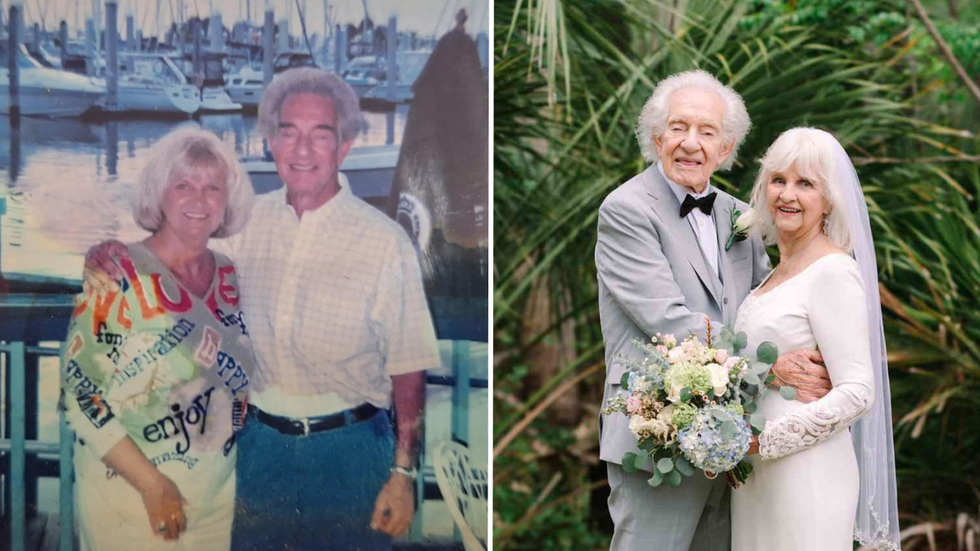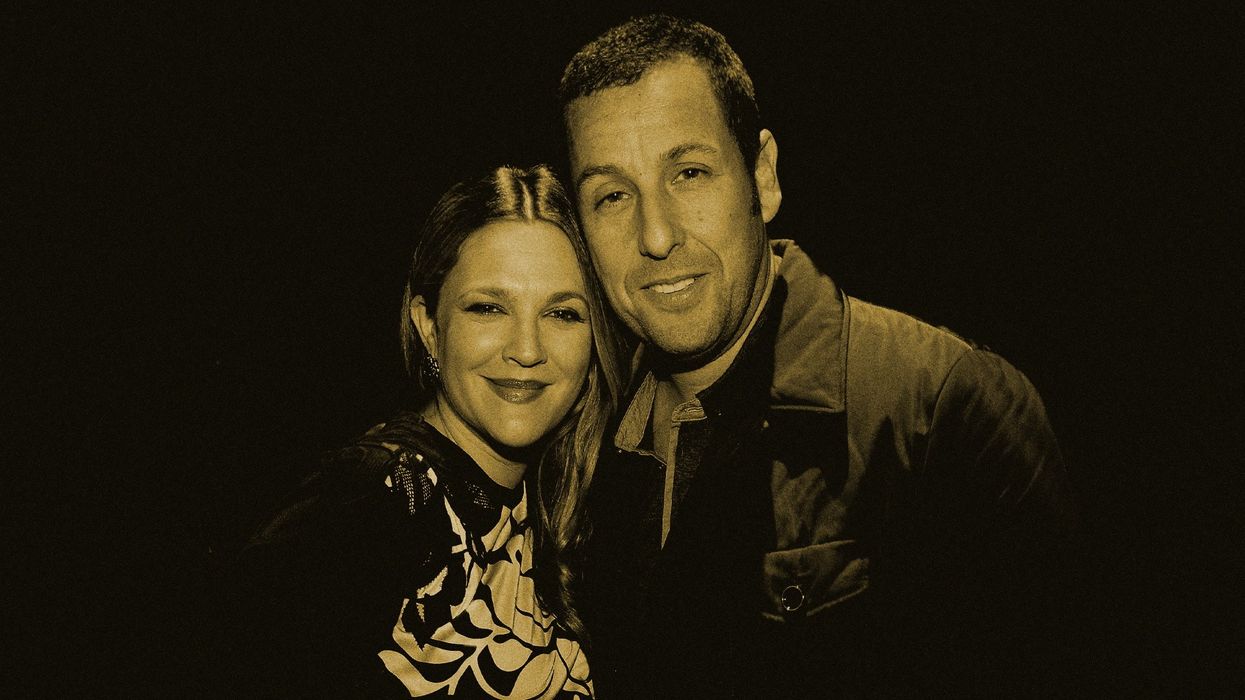
How to Bring Mindfulness to the Workplace
For most of us, work is synonymous with stress.
It’s hard enough to imagine getting through the day in one piece, let alone bringing a meditative practice into the workplace.
Chill out? That’s the last thing you need to do. Right? You’ve got work to do and you need to focus and work hard if you hope to get through it.
Unfortunately, this is the mentality that a lot of people have and it’s a gross misconception of both the purpose and value of mindfulness meditation practice. If you think that mindfulness either can’t help your performance at work or doesn’t fit– think again.
Mindfulness helps you go home to the present. And every time you go there and recognize a condition of happiness that you have, happiness comes.– Thich Nhat Hanh
Over the last decade, mindfulness meditation has been the focus of hundreds of scientific studies. And the lion’s share of those studies have shown incredibly powerful mental and even physical health benefits, so much so that it’s been touted as a panacea of sorts by some.
Mindfulness isn’t a panacea, nor is anything else for that matter, however, in recent studies it has been shown to improve employee focus, attention, mood, and even reduce stress.
1. Take mindful breaks
The first, and potentially most obvious, is to turn your break (or breaks) into mindful breaks.
This doesn’t have to be anything over the top, though. It can simply mean taking a few minutes of your break and using that as a moment to practice mindful breathing, the most common mindfulness practice of all. Even a few minutes of practice has been shown to provide positive results.
Here’s how to practice mindful breathing:
- Turn your attention to your breathing: We’re always breathing, but we rarely notice it. Pay attention to the full length of each in-breath and out-breath and notice if it’s short or long, deep or shallow.
- Notice what arises: Our minds are like little monkeys, always jumping around. We tend not to notice just how chaotic our mind is until we stop to meditate for the first time. As you’re breathing, pay attention to whatever thoughts, feelings, and sensations arise in your mind and body and simply acknowledge them. See them there and try not to judge them as bad or good (this can be hard in the beginning, just make your best effort).
- Go back to your breathing: Once you’ve acknowledged whatever arose, simply go back to focusing on your breathing.
This simple practice can be done in as little as a few seconds or for the entirety of your break. It’s really up to you, but I suggest practicing for at least a few minutes if it’s a more dedicated practice in your car or wherever you’re meditating.
2. Be mindful during the “between” moments
Throughout your day, you’re undoubtedly faced with moments where you’re either waiting or simply traveling from one place to the next. These are perfect moments for bringing a little more mindfulness into your workday.
If you’re waiting, you can use that time to practice some mindful breathing like we talked about in the last point. If you’re walking from your office to the cafeteria, your car, or another room or office, you can be mindful of your steps as you do your short walk.
3. Use mindful communication
Mindful communication is a bit harder than the previous points, but it’s highly beneficial if you put some time into learning it.
Communication is critical in the workplace, whether it’s among colleagues, team members, your boss or shareholders. Mindful communication allows you to bring this deep awareness and intentional effort into one of the most important aspects of workplace culture.
As opposed to some specific practice, mindful communication is about two things:
- Mindful speech: This is all about being more intentional with your speech. On a basic level, it means thinking before you speak. On a deeper level, it means paying attention to what’s going on in the conversation and responding in a way that takes those observations into consideration.
- Deep listening: Deep, or mindful, listening is all about truly listening to the person who is speaking as opposed to doing what most of us do: waiting for our next chance to speak. This is about making the effort to care about what the other person is expressing nonjudgmentally and letting it soak in, which you can then use to respond more skillfully with mindful speech.
4. Change how you use technology
How you use technology in your place of work is perhaps the most interesting way to bring mindfulness into the workplace.
And, the cool part about it is, there’s so much you can do here to change how you interact with tech and make those interactions not only healthier but also more productive.
This mostly applies to those who work from a computer, however, they’re really beneficial to anyone who does:
- Momentum: This is an awesome Chrome extension that turns your new tab page into a simple but beautiful and effective page that lets you list your primary goal for the day along with an inspiring photo, quote, and the time. This greatly reduces distractions and helps you stay present to the task at hand when needing to open new tabs.
- Bell of mindfulness: This is another Chrome extension and one I’ve been using for several years. It’s the perfect compliment for anyone looking to bring some mindfulness into the workplace. You can set a timer and a traditional Buddhist-themed bell will ring based on the schedule you set it for, with a small reminder that pops up at the top right of the screen. When it goes off, you simply stop what you’re doing for thirty seconds to a one minute and follow your breath mindfully.
- Phonto (Google)/Over (Apple): These are simple smartphone wallpaper apps. They’re not specifically mindfulness-promoting by nature, but they can serve a very important function if used right: as a reminder to be present. Create a custom wallpaper using these apps, add some simple text such as “be present”, “be mindful”, or “be here now” and set it as your wallpaper. This way, every time you open up your phone you’ll be reminded.
Work might, at first, seem like the last place for mindfulness or meditation of any kind. However, mindfulness has been shown to be the perfect tool for making employees more productive, effective, and healthier as a whole. And, the great part is, it’s super easy to bring mindfulness into the workplace with these simple strategies and tips.




































